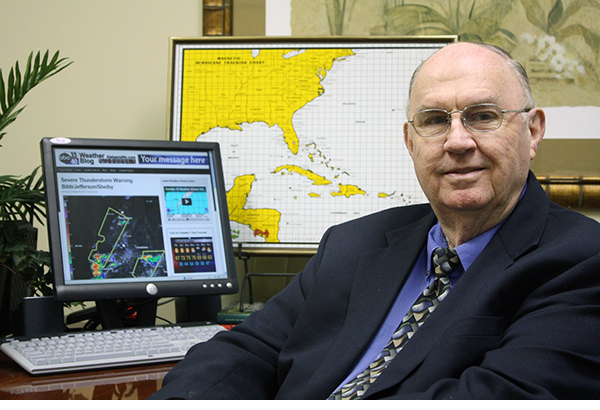The 1998 Northeast Ice Storm
On January 5, 1998, the worst ice storm in United States history was getting underway.
An arctic front was pushing through New York and Maine, bringing temperatures well below freezing across a all of northern New York and Maine. The cold air would overspread much of the Northeast before the front stalled.
Over the next five days, abundant moisture from the Gulf of Mexico would overspread the shallow cold airmass, a perfect setup for freezing rain. Between January 5th and 9th, periods of freezing rain would coat all exposed surfaces resulting in an unprecedented ice storm for New England and Quebec. Ice accumulations would be as much as three inches thick across parts of New York, New Hampshire, Vermont and Maine. Tens of thousands of trees collapsed under the crushing weight of the ice. Travel was nearly impossible over a wide area. Power transmission towers and power lines would fall, leaving over three million people in the dark, some for as long as two weeks.
Even two weeks later, over 500,000 people would be without power in Quebec. The city of Montreal was especially hard hit. At one point, 80 percent of the homes and businesses in the state of Maine had no electricity.
Rainfall amounts over New England were the most ever observed during the first two weeks of January. This led not only to the unprecedented ice glaze, but combined with early snowmelt to produce historic flooding in parts of New England. Over 1,000 homes would have to evacuate in the face of the rising waters as the Black River reached a record crest in Watertown, NY.
The final toll for the severe ice storm and flood of 1998 was 7 deaths and $500 million in damage. Other deaths were attributed indirectly to the storm from carbon monoxide poisoning in homes without power.
It would be the worst ice storm in the United States since the 1994 ice storm across the southern states that caused $1 billion in damage.
Category: Uncategorized















